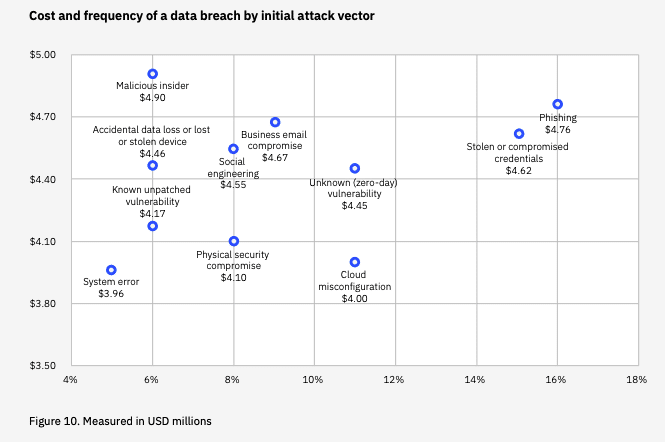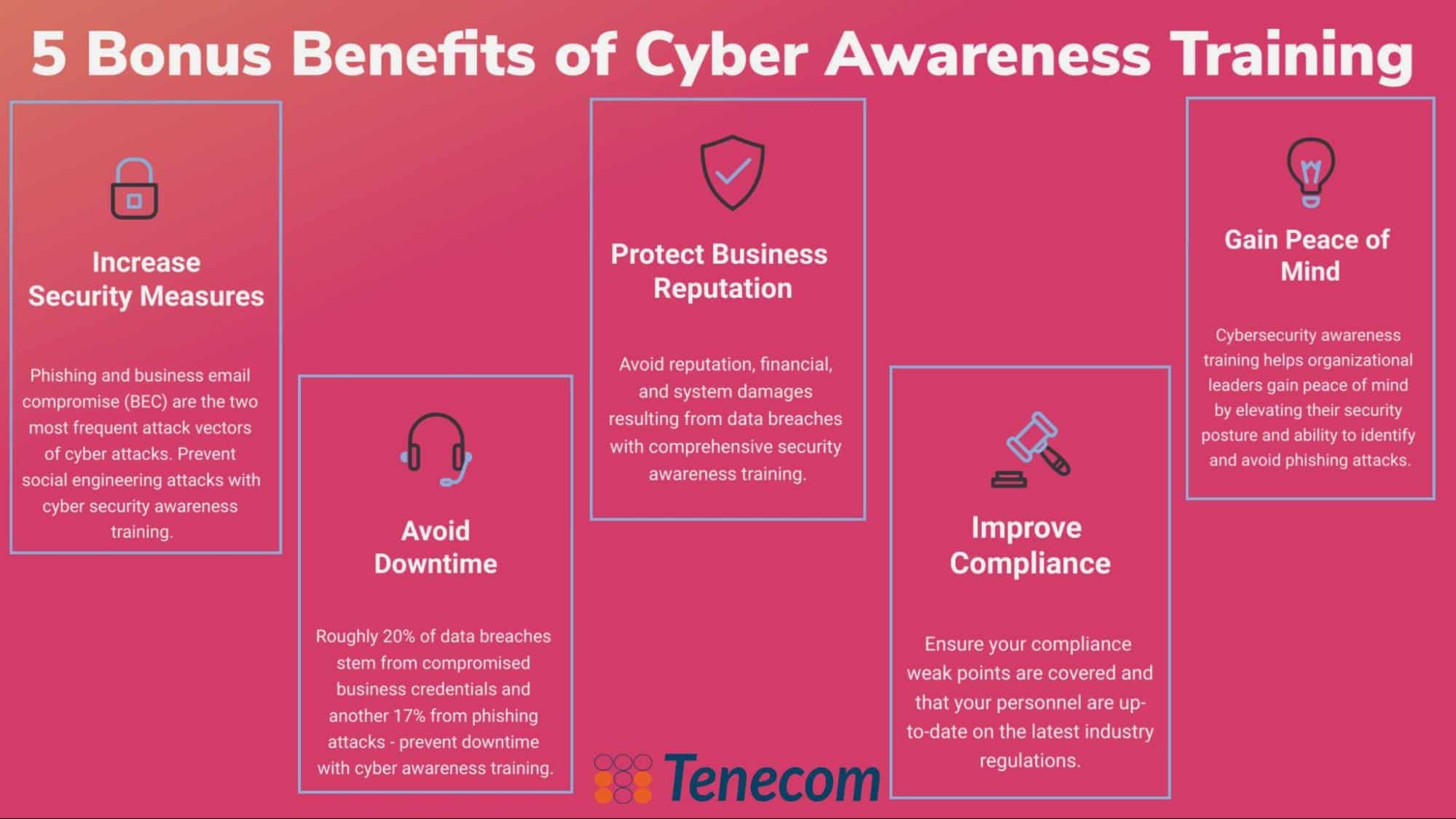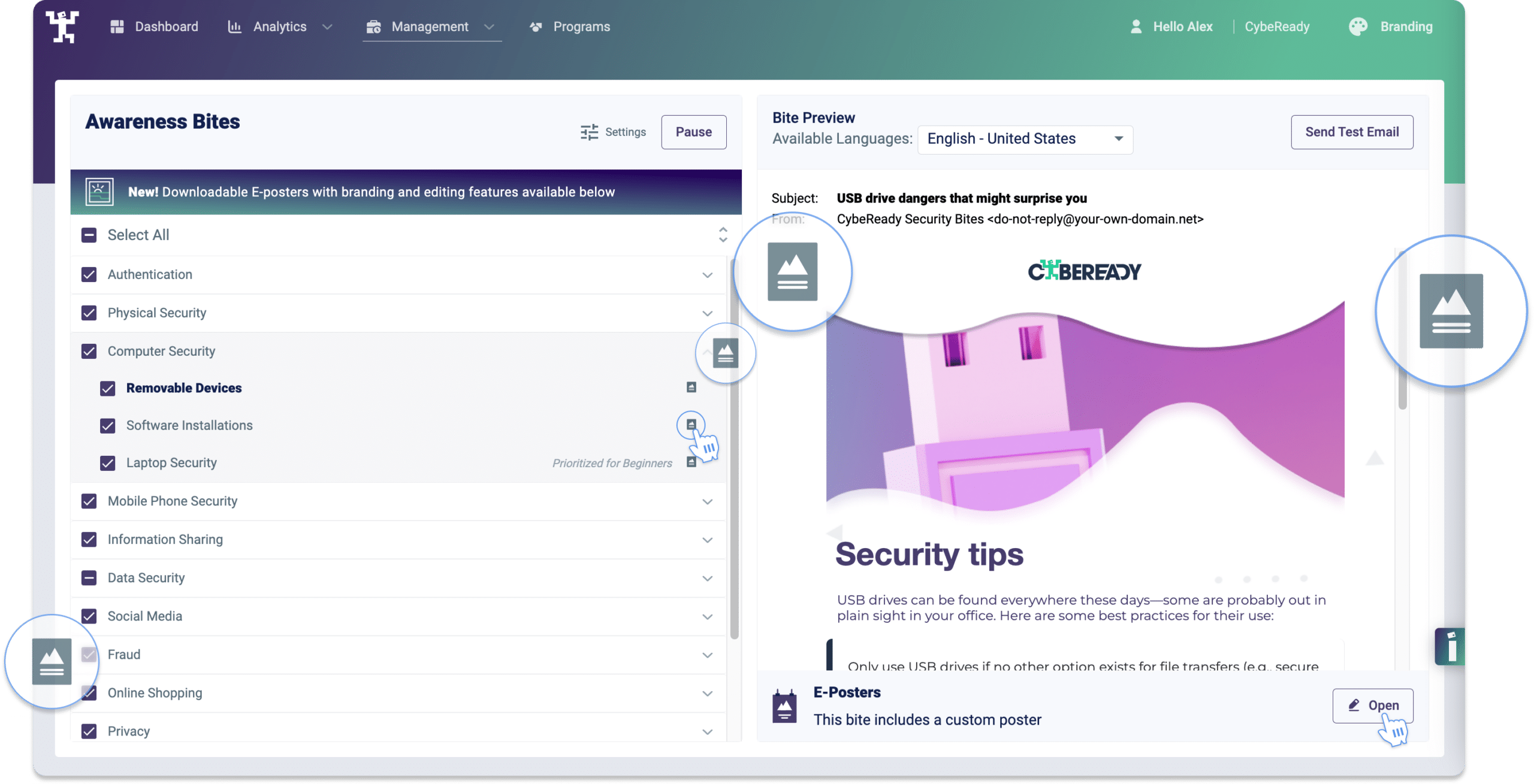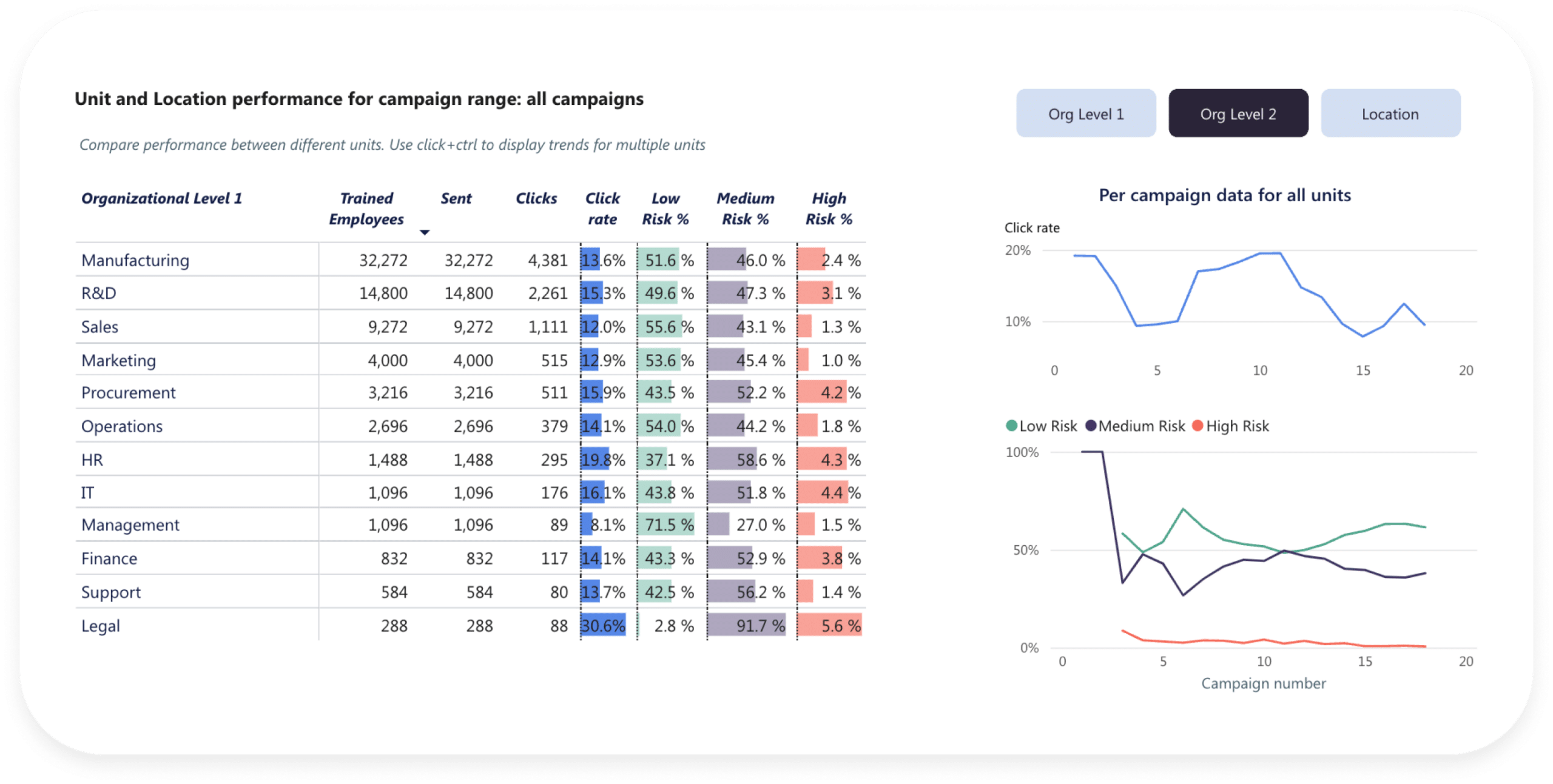
2024-4-22 11:19:14 Author: securityboulevard.com(查看原文) 阅读量:1 收藏
In August 2023, Russian threat actors targeted several government agencies worldwide with Microsoft Teams phishing attacks. Many of these attacks were successful because unsuspecting users fell for the lures set by the attackers—emails purporting to be from trusted senders. Unfortunately, these incidents targeting and successfully infiltrating some government organizations were far from an anomaly.
Given that 36% of all data breaches stem from phishing attacks, an effective anti-phishing course is the most robust preventative and proactive measure against this all-too-common cybercrime.
But what, exactly, distinguishes an effective anti-phishing course from an ineffectual one? Here are ten essentials that every anti-phishing course must have.
What’s an anti-phishing course, and why do you need it?
An anti-phishing course is a cybersecurity awareness training program designed to educate your employees on recognizing, preventing, and responding to phishing attempts. Phishing attacks aim to deceive people into revealing sensitive info such as passwords or taking actions that compromise security (such as clicking a link or downloading malware) using fake emails, instant messages, phone calls, or texts.
The main goals of an anti-phishing course are to improve awareness, skills, and general knowledge among your employees about one of the most common types of cyberattacks they’re likely to face in their daily work. Potential topics worth covering include the basics of phishing, recognition skills, preventative tips, and teaching people what to do when they spot a suspicious email or other communication.
Cybercriminals send 3.4 billion phishing emails daily, some of which will eventually target your employees. With the prevalence and success of phishing attacks in exploiting the human element in cybersecurity, strengthening this area with increased awareness and knowledge can make a huge difference in your company’s overall resilience to breaches.

What are the benefits of anti-phishing courses?
Aside from building a human firewall against phishing attempts through improved employee cybersecurity awareness, a robust anti-phishing course offers many benefits, including:
- Better information security that protects sensitive business data, customer information, intellectual property, and financial records.
- It creates a culture of security awareness within your organization. Informed employees are more likely to adopt other secure practices in their daily activities, strengthening the overall security posture and helping compliance efforts with pertinent regulatory standards.
- Reducing the likelihood of costly security incidents by training staff to identify and avoid phishing attacks can save organizations millions of dollars in fines, reparations, lost business, and legal fees in the fallout.
- Mitigating the damage from a successful phishing attack, which can severely damage your company’s reputation and undermine trust with clients, partners, and the public—especially if it results in a data breach.

What are the challenges of anti-phishing courses?
While anti-phishing courses are a crucial component of cybersecurity education, simply running your team through a course doesn’t guarantee success. Here’s a closer look at some of the critical challenges associated with creating effective and engaging anti-phishing training programs:
Keeping Up With Evolving Threats
Phishing techniques and trends are constantly changing. Hackers adapt their methods, and outdated training materials leave employees vulnerable to the latest schemes, such as website spoofing attacks. Your training program must be a living document that’s regularly updated to reflect the current threat landscape.
Striking a Balance in Simulations
Practical anti-phishing courses rely on simulations that accurately reflect the sophistication of real-world phishing attempts. However, overly complex simulations can backfire, causing confusion or even alarm among employees. The key is to find a balance. Simulations should be realistic enough to be a valuable learning experience but clearly marked as training exercises to prevent panic.
Ensuring Knowledge Retention
Many companies fall short by relying on one-time training sessions. The crucial information learned about phishing can fade over time, especially for employees who don’t encounter phishing attempts regularly. Anti-phishing courses should incorporate reinforcement strategies. These may involve spaced repetition techniques, where employees revisit key concepts at intervals, or scenario-based challenges that keep phishing awareness top-of-mind.
Measuring Effectiveness
Quantifying the direct impact of anti-phishing training can be tricky. Establishing clear Key Performance Indicators (KPIs) and metrics is crucial to gauge your program’s success. These metrics could include phishing simulation click-through rates, reported phishing attempts, or the number of employees who can correctly identify phishing red flags.
Catering to Diverse Learning Styles
People learn in different ways. Anti-phishing courses should cater to this diversity, incorporating elements that appeal to auditory, visual, and kinesthetic learners. The content should be adaptable to different levels of technological and cybersecurity knowledge. Generic training that doesn’t engage all employees and meet them at their current understanding can lead to uneven levels of preparedness across your organization.
Resource Investment
Developing and updating training materials, conducting training sessions, and running simulations require significant resources. Ideally, you’ll want a managed platform that streamlines these processes and reduces the workload on your internal security team.
10 Essentials Every Anti-Phishing Course Must Have
1. Variety and Relevance
Anti-phishing courses should include a mix of text, video, interactive quizzes, and simulations to cater to diverse learning styles and keep learners engaged. The content must be relevant to daily activities and roles within your company to ensure that it resonates with employees’ actual experiences.
2. Real-world Examples
Real-world examples of phishing attempts help learners understand the practical implications of phishing and how it can affect their personal and professional lives. Phishing simulations should also be based on real-world attacks and examples rather than unlikely scenarios.
3. Interactive Elements
Interactive simulations and quizzes engage many people more deeply than passive forms of learning. They allow learners to practice identifying and reacting to phishing attempts in a safe environment.
4. Microlearning
Breaking down the course content into short, focused segments helps maintain learners’ attention and facilitates better information retention. Microlearning modules allow learners to fit training into busy schedules and revisit specific topics as needed.

5. Reporting Steps
Knowing how to report a suspected phishing attempt is vital. An anti-phishing course should provide clear, step-by-step instructions on reporting processes within your company to ensure relevant IT or security teams address the threat efficiently.
6. User-friendliness
The course interface should be intuitive and accessible to users regardless of their technical proficiency. A user-friendly design ensures that all your employees can navigate the course effortlessly, which removes one of the most significant barriers to learning. Courses with excellent material are only helpful if learners can easily find what they need and navigate through modules.
7. Frequent Updates
Phishing tactics evolve constantly, and anti-phishing courses must be updated regularly to reflect up-to-date threats and advice. For example, many phishing messages now come from Microsoft Teams chats and Slack channels, so employees need to know about these newer avenues for phishing attacks.
8. Data-Driven
Training programs for phishing should be data-driven. This means leveraging available information about employee risk based on analytics to deliver different levels of training to high-risk and low-risk employees.

9. Mobile Security Awareness
With the increasing use of mobile devices in professional settings, understanding mobile-specific threats like smishing is essential. Anti-phishing courses should cover the unique vulnerabilities of mobile devices and go into detail on common SMS phishing scams such as fake authentication requests.
10. Measurable Results
It’s essential to assess the effectiveness of anti-phishing courses through metrics and analytics that track improvements in learners’ ability to identify and respond to phishing attempts. Ideally, you can compare how your organization is doing versus similar companies and drill down into departmental metrics and metrics for different employee risk groups.
CybeReady Helps Defend Your Organization Against Phishing
In today’s threat landscape, phishing attacks are constantly targeting organizations from new and unusual vectors. An anti-phishing course containing these ten essentials has become essential for all stakeholders to better protect against the potential consequences of phishing attacks.
That’s where CybeReady’s cybersecurity awareness training program comes in. It includes all ten elements and current, realistic phishing simulations chosen by AI. The program helps lower employee risks with data-driven campaigns, adaptive training, and risk-based programs. It’s automated and simple to set up and reduces the resource burden of running an effective anti-phishing course by automatically sending reports and progress updates.
Ready to better defend your organization from being phished? Try a free demo of CybeReady today.
The post 10 Essentials Every Anti-Phishing Course Must Have appeared first on CybeReady.
*** This is a Security Bloggers Network syndicated blog from Cyber Security Awareness Training Blog | CybeReady authored by Nitzan Gursky. Read the original post at: https://cybeready.com/phishing-awareness-training/10-essentials-every-anti-phishing-course-must-have
如有侵权请联系:admin#unsafe.sh
